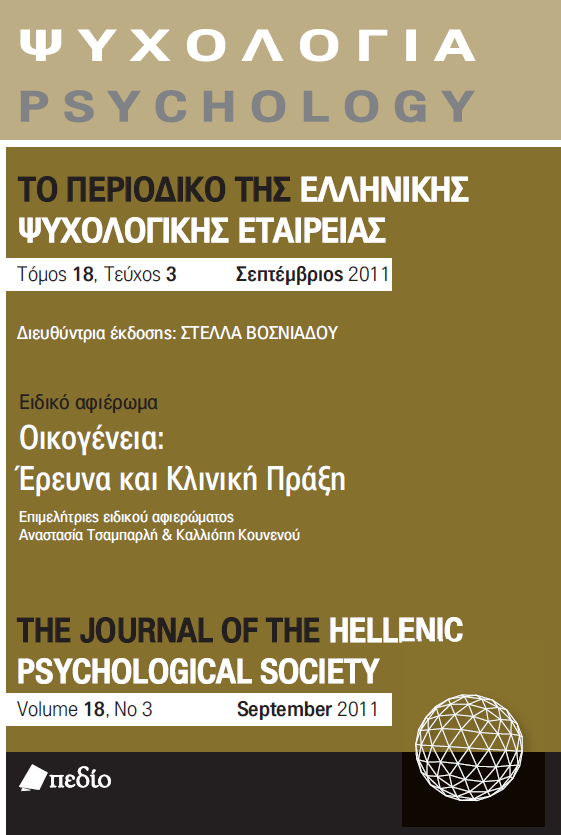The discursive construction of unmarried women’s identity

Abstract
Understanding the experience of women who are not married and live alone has recently become an important issue within feminist psychology, since a significant and growing number of women belong to this category. The aim of the study is to examine the discursive construction of unmarried women’s identity. The methodology followed a poststructuralist approach in discourse analysis and data were collected through semi-structured individual interviews with unmarried women, aged between 36 and 52 years. The analysis highlighted the three main
discourses the participants used in their accounts: (a) the discourse of independence, (b) the discourse of loneliness, and (c) the discourse of stigmatization. The paper discusses the consequences these discourses
have on the construction of the women’s personal identity, on the reproduction of the dominant ideology regarding unmarried women in Greece, as well as on women’s counseling.
Article Details
- How to Cite
-
Κοτρώνη Ε., & Αθα Χ. (2020). The discursive construction of unmarried women’s identity. Psychology: The Journal of the Hellenic Psychological Society, 18(3), 363–380. https://doi.org/10.12681/psy_hps.23728
- Issue
- Vol. 18 No. 3 (2011)
- Section
- SPECIAL SECTION

This work is licensed under a Creative Commons Attribution-ShareAlike 4.0 International License.
The journal PSYCHOLOGY adopts a Platinum open-access policy. Submission, processing or publication costs are waived by the Hellenic Psychological Society. Papers published in the journal PSYCHOLOGY are licensed under a 'Creative Commons Attribution-ShareAlike 4.0 International' licence. The authors reserve the copyright of their work and grant the journal the right of its first publication. Third-party licensees are allowed to use the published paper immediately after publication as they wish, provided they retain the defined by the license copyright formalities, regarding the reference to its author(s) and its initial publication in the journal PSYCHOLOGY. Moreover, any adjusted work should be shared under the same reuse rights, so with the same CC license.


